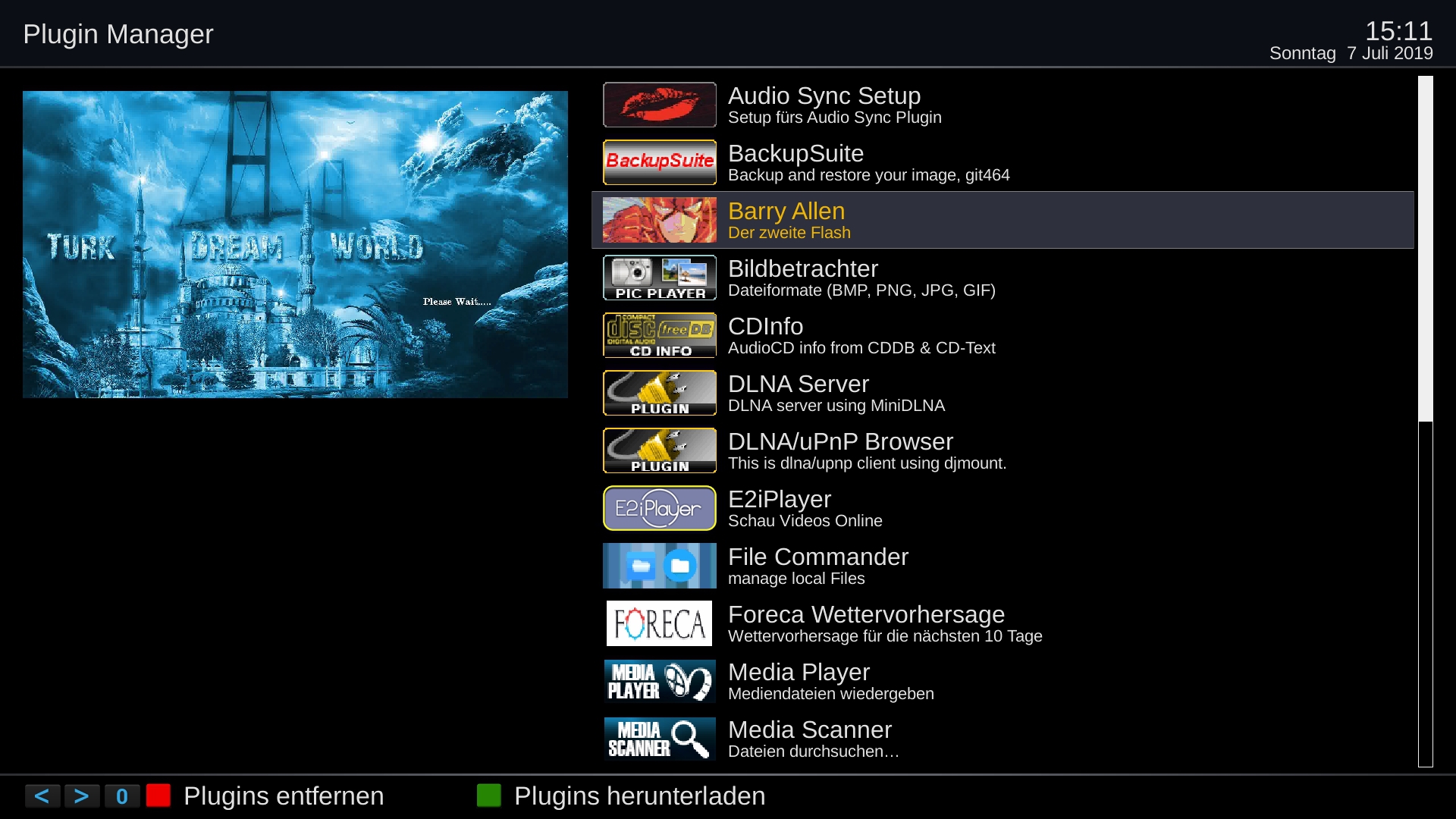

- #Unzip tar xz how to
- #Unzip tar xz for mac os
- #Unzip tar xz zip file
- #Unzip tar xz archive
- #Unzip tar xz windows

#Unzip tar xz archive
If you try to extract a file that doesn’t exist, you’ll get an error message that looks like this: tar -xf README tar: README: Not found in archive It’s the same as extracting files from an archive to extract one or more directories: tar -xf dir1 dir2 You must give their exact names, including the file path, when extracting files, as printed by –list (-t). To extract archive files in a specified directory, use the –directory (-C) option:įor example, to extract the contents of an archive to the /home/vsudo/files directory tar -xf -C /home/vsudo/files Extracting Specific Files from a tar.gz FileĪppend a space-separated list of file names to be extracted after the archive name to extract a specific file(s) from a tar.gz file: tar -xf file1 file2 tar -xvf īy default, tar extracts the contents of the archive into the current directory. The -v option makes the tar command more visible on the terminal and shows the names of the files being extracted.
#Unzip tar xz windows
To extract (unzip) a tar.gz file, just right-click on it and choose “ Extract.” To extract tar.gz files, Windows users will need to use the 7zip program. If you’re a desktop user who prefers not to utilize the command line, you may use your file manager instead. The same command may be used to extract tar archives that have been compressed using different methods, such as. The tar command will detect the compression type and extract the archive automatically.

Use the –extract (-x) option and the archive file name after the f option to extract a tar.gz file: tar -xf The tar command is pre-installed in most Linux distributions and macOS. When you use bzip2 to compress a TAR file, the resulting file will have one of three extensions: TAR.BZ2, TAR.BZ, or just TBZ. Sometimes, instead of TAR.GZ, the TGZ file extension is used.īzip2: bzip2 is similar to gzip. Tarballs use the TAR file extension, whereas gzip uses the GZ file extension. Tar.gz: A TAR.GZ file is a compressed version of a tarball using the gzip method. Because gzip’s file extension is GZ, you may assume that any file ending in GZ has been compressed using the gzip technique. Gzip: The file compression algorithm GNU gzip is used to compress files. Extracting Specific Files from a tar.gz File.For instance, to extract files from the file foo.zip, use the following command: unzip -a foo.
#Unzip tar xz for mac os
zip archives use Windows-style line terminators, you will need to pass the -a option to unzip in order to extract them with UNIX-style line terminators (also needed for Mac OS X). Your operating system may already have a copy of the unzip program (or similar) otherwise it may be downloaded from the Info-ZIP website. zip files on a non-Windows platform, this is possible. If, for some reason, you wish to unpack the. Refer to the documentation provided with whichever program you choose for further instructions.
#Unzip tar xz zip file
zip files, you will need to download a zip file extractor such as JustZIPIt or the Info-ZIP tools. If using a version of Windows without inbuilt support for. To extract the files within, right click on the file and select the “Extract All” option. zip file should look like a normal folder icon with a zipper on it.
#Unzip tar xz how to
Most modern Windows environments already know how to unpack. If you also wish to see a list of the files as they are extracted, instead use the command tar xopft foo.tar Unpacking. tar file, say foo.tar, use the following command: tar xopf foo.tar The newly extracted files will be created in the current directory. tar filesįirst, ensure that you have a shell running and cd to the same directory as the downloaded file. If you also wish to see a list of the files as they are extracted, instead use the command gunzip -c | tar xopft - Unpacking. tar.gz file, say, use the following command: gunzip -c | tar xopf - The newly extracted files will be created in the current directory. tar.gz filesįirst, ensure that you have a shell running and cd to the same directory as the downloaded file. If you would rather follow the UNIX-style instructions below you can use the Terminal command-line application, which can be found in your Utilities folder.

(Note that it may be necessary to unpack some files twice.) zip file automatically when you double-click on its icon.


 0 kommentar(er)
0 kommentar(er)
